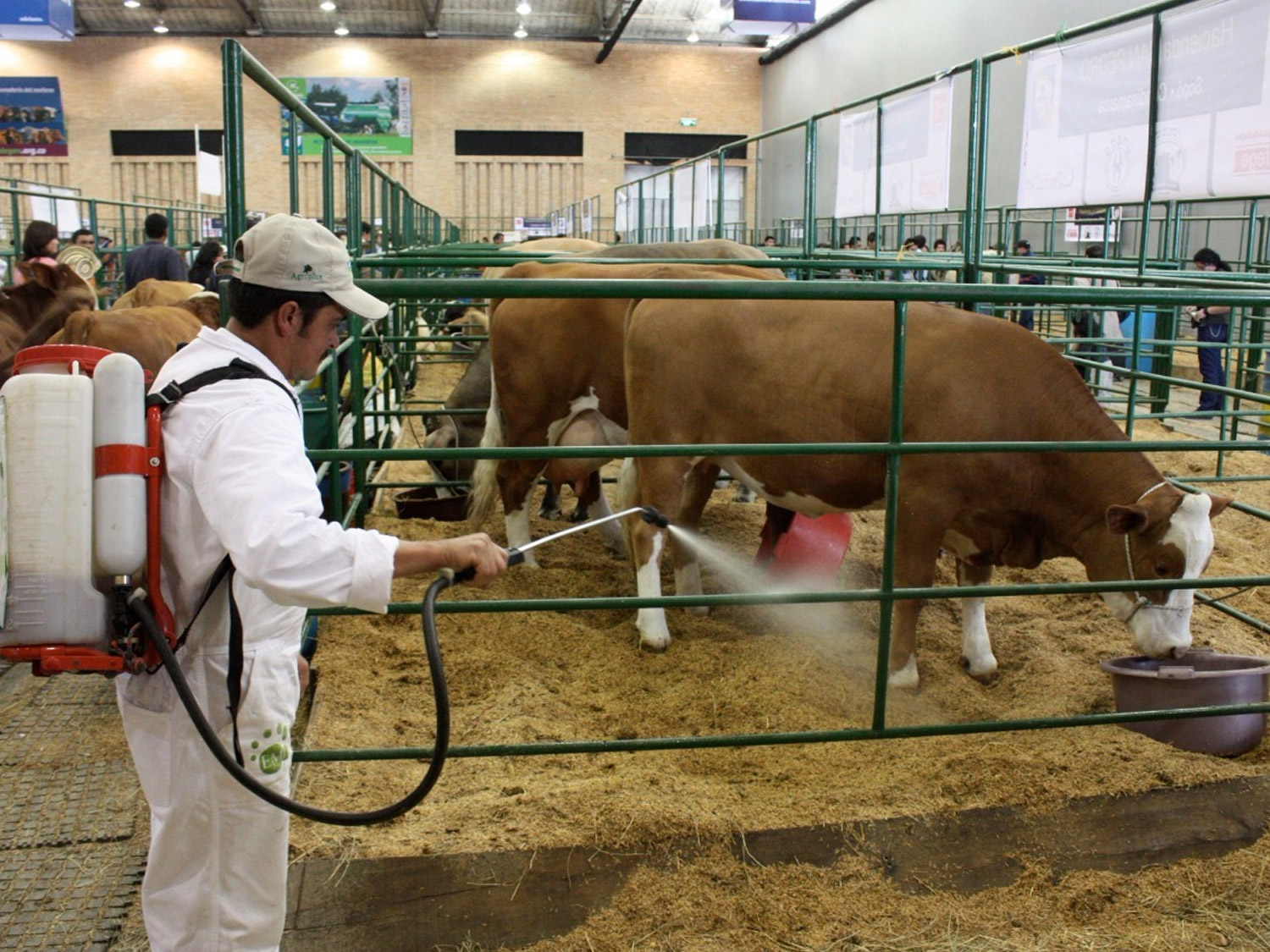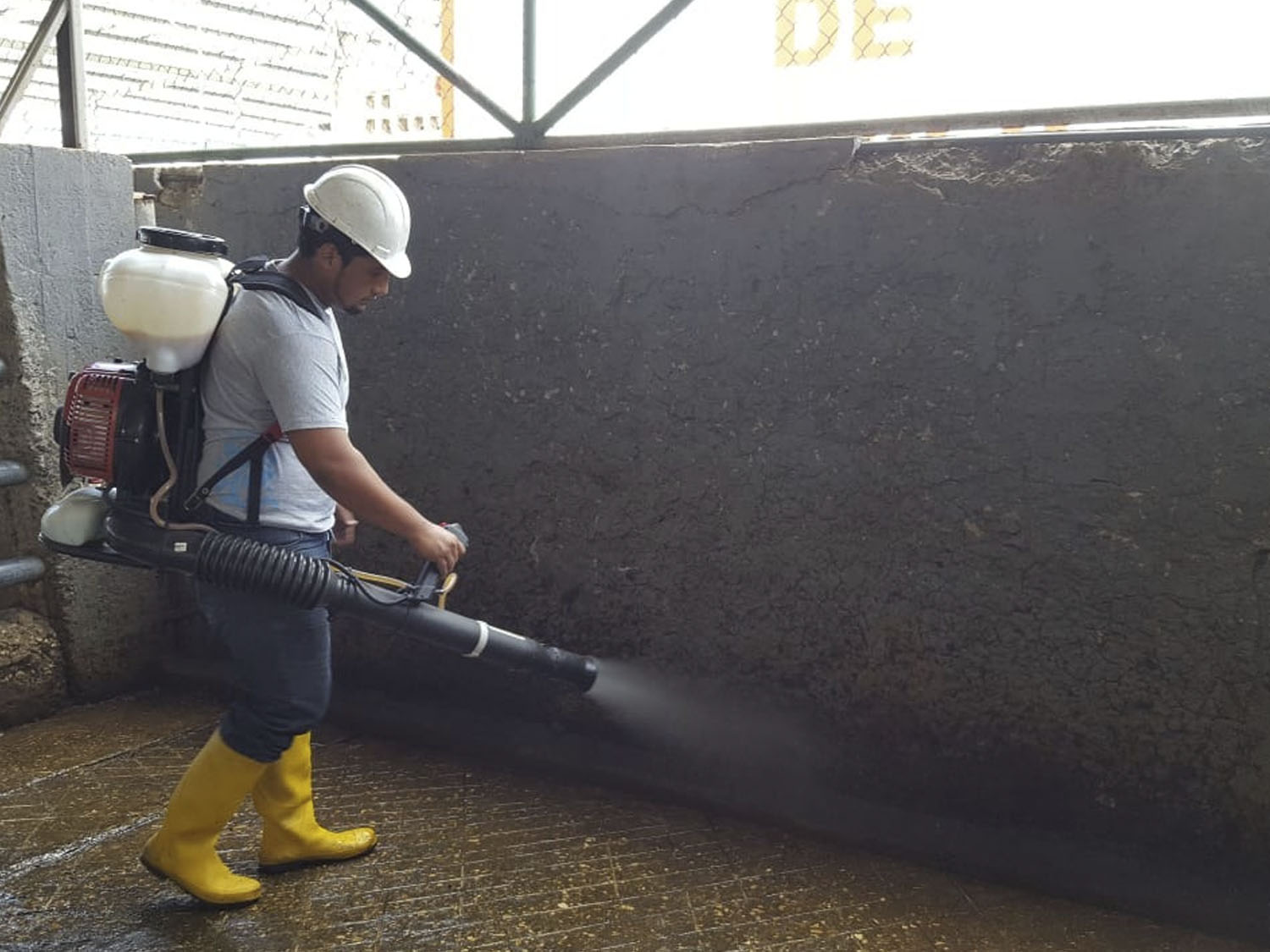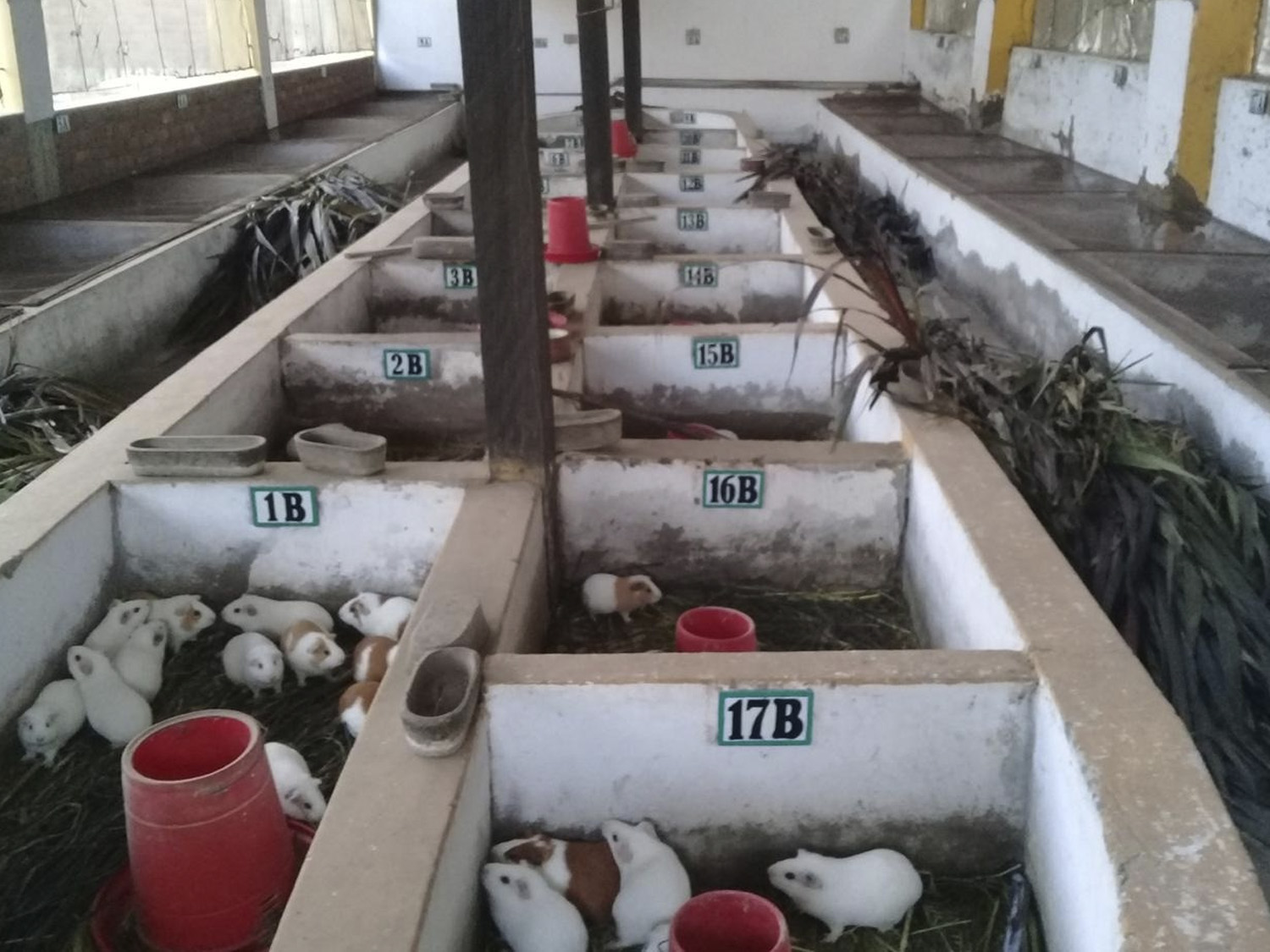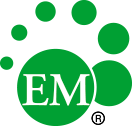 Animal Husbandry
Animal Husbandry

Peru - Feedlot odor control

Peru - Feedlot odor control

Brazil - Shrimp feed inoculation with EM Technology ™

Brazil - Shrimp sustainable production

Costa Rica - Dairy odor control

Colombia - Odor control in livestock fair

Colombia - Odor control in livestock fair

Paraguay - Ammonia control in poultry

Ecuador - Odor control in a slaughterhouse

Ecuador - Odor control in a slaughterhouse

Peru - Guinea pig farm
AQUACULTURE
• Significantly improves water quality such as turbidity, dissolved oxygen and pH.
• Efficiently reduces the production of harmful gases such as ammonia, hydrogen sulfide gas and methane.
• Significantly reduces sediment mud in tanks.
• Reduces the presence of pathogenic microorganisms in the water and in the soil, thus helping to control diseases such as those caused by Vibrio and the white spot in shrimp.
• Reduces the need for the use of chemicals, such as antibiotics and lime.
• Reduces mortality rates.
• Increases yield and crop density.
• With the improvement of the intestinal flora, food conversion increases and production time decreases.
• Improves the quality of production.
• Allows a healthier, cleaner production without environmental impacts.
FARMS
• In water for animal consumption, it improves the microbiological quality and enriches it with beneficial substances such as amino acids, vitamins and enzymes.
• Eliminates the bad smell of excreta and facilities.
• Balances the intestinal microflora of animals and, consequently, improves feed conversion and weight gain.
• Decreases the use of antibiotics.
• Decreases the appearance of diarrhea.
• The mortality rate decreases.
• Expressively reduces respiratory diseases by decreasing the presence of ammonia and hydrogen sulfide.
• Improves animal well-being.
• Helps improve the quality of meat, milk and eggs.
LIVESTOCK
• Decreases the production of stomach methane in cattle and, consequently, animals feed better.
• Suppresses the bad odor of the facilities and of the excrements of the cattle.
• Decreases the incidence of flies, ticks and other undesirable insects.
• Significantly improves the health of the animals, such as, for example, reduction of mastitis and diarrhea.
• Reduces the need for medicines, antibiotics and disinfectants.
• Reduces the stress factors of the animal, helping to strengthen the immune system against diseases.
• In animals of exhibition one can notice an improvement of the hair and the hooves, etc.
• Used as an additive in the food supplement, it improves the digestion and the utilization of the minerals, consequently, it improves the nutritional conversion and the weight gain.
• In water, for animal consumption, improves the microbiological quality and enriches it with beneficial substances such as amino acids, vitamins and enzymes.
It is safe, easy to use and inexpensive. It is sustainable!


